The Premier League is home to some of football’s most iconic stadiums, each with its own blend of history, atmosphere, and modern flair. Incorporating the idea from GiveMeSport and FootballLeagueWorld, we asked Grok (Elon Musk and X's new AI tool) to rank all 20 of the Premier League's stadiums going into the new season. View the rankings below and let us know if you agree:
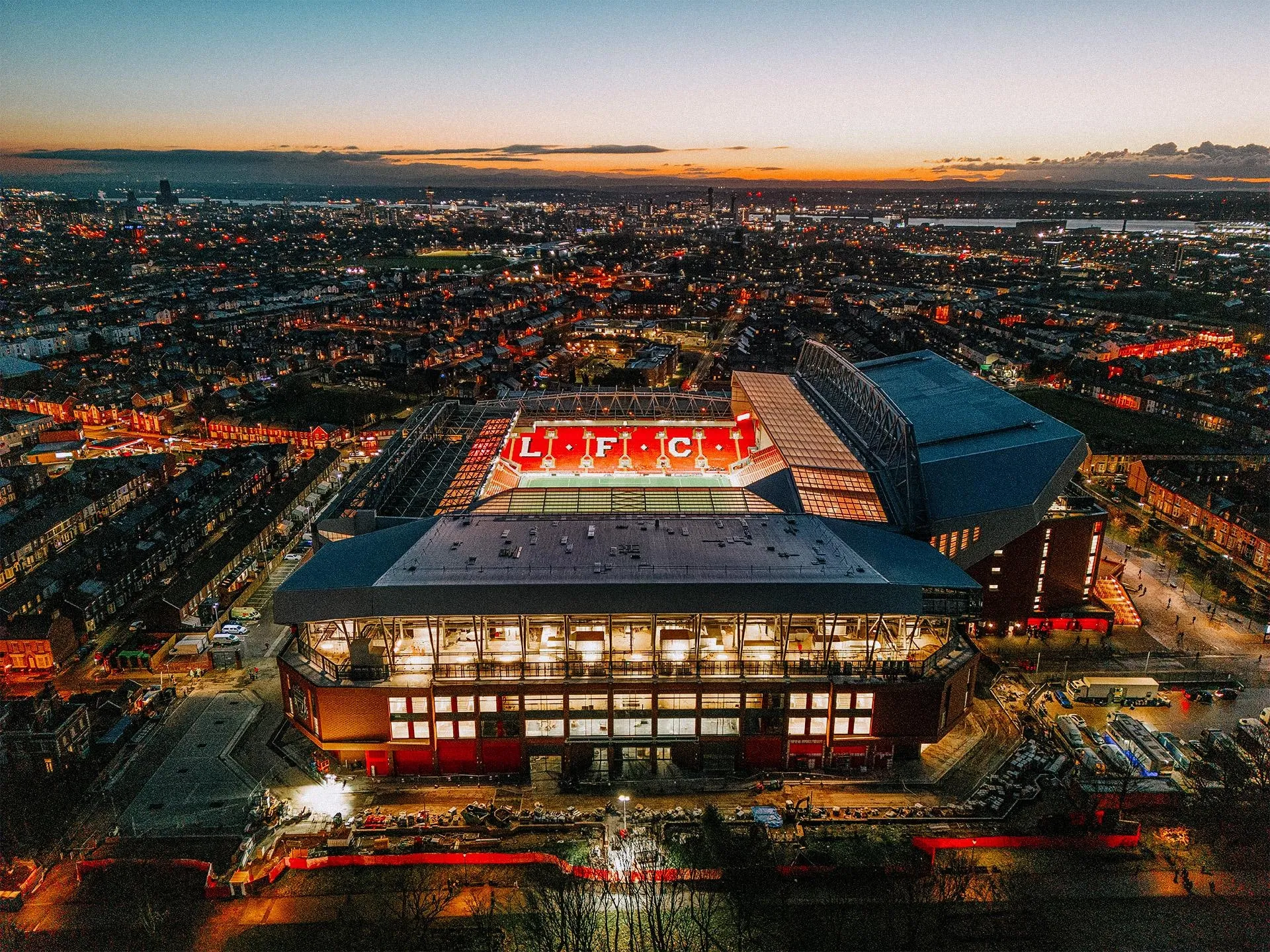
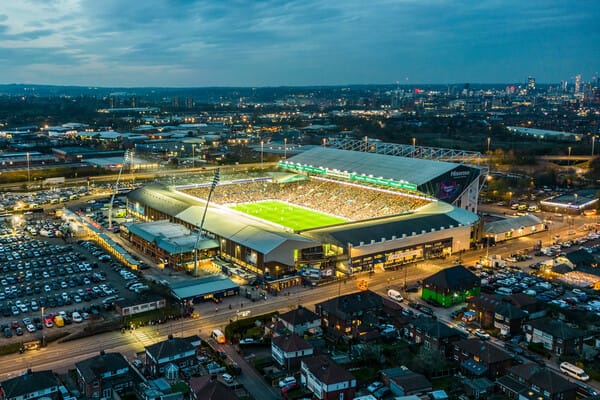
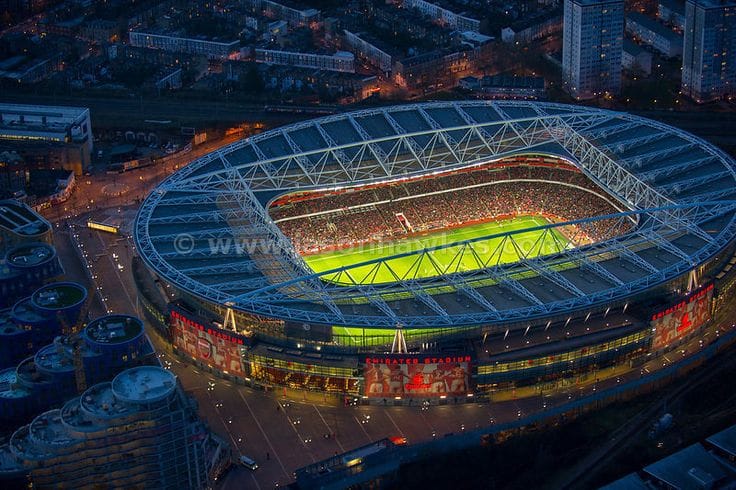
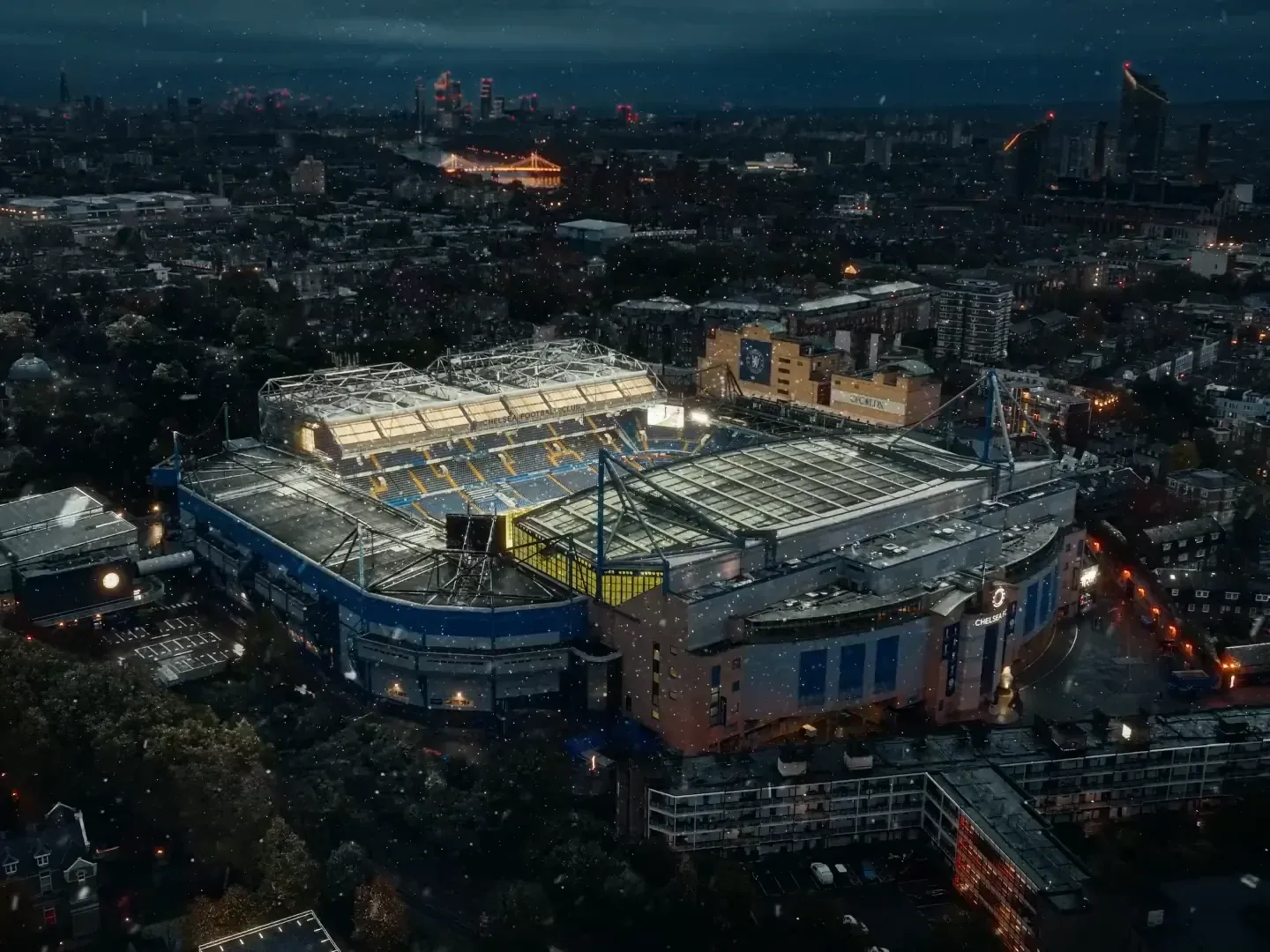
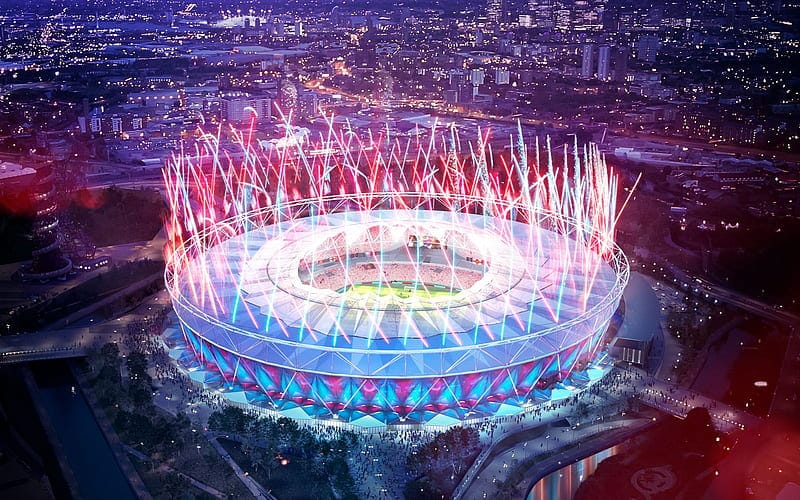
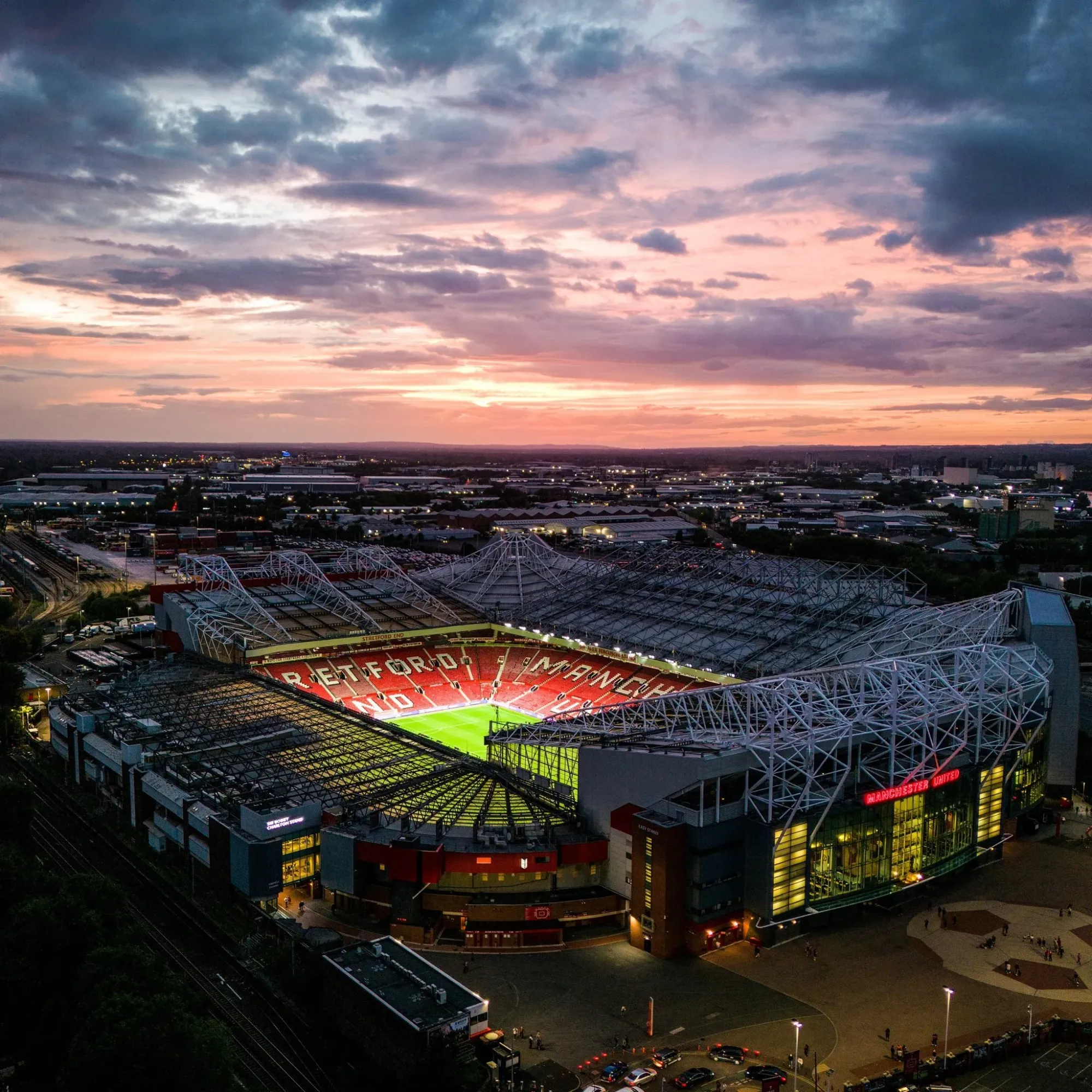
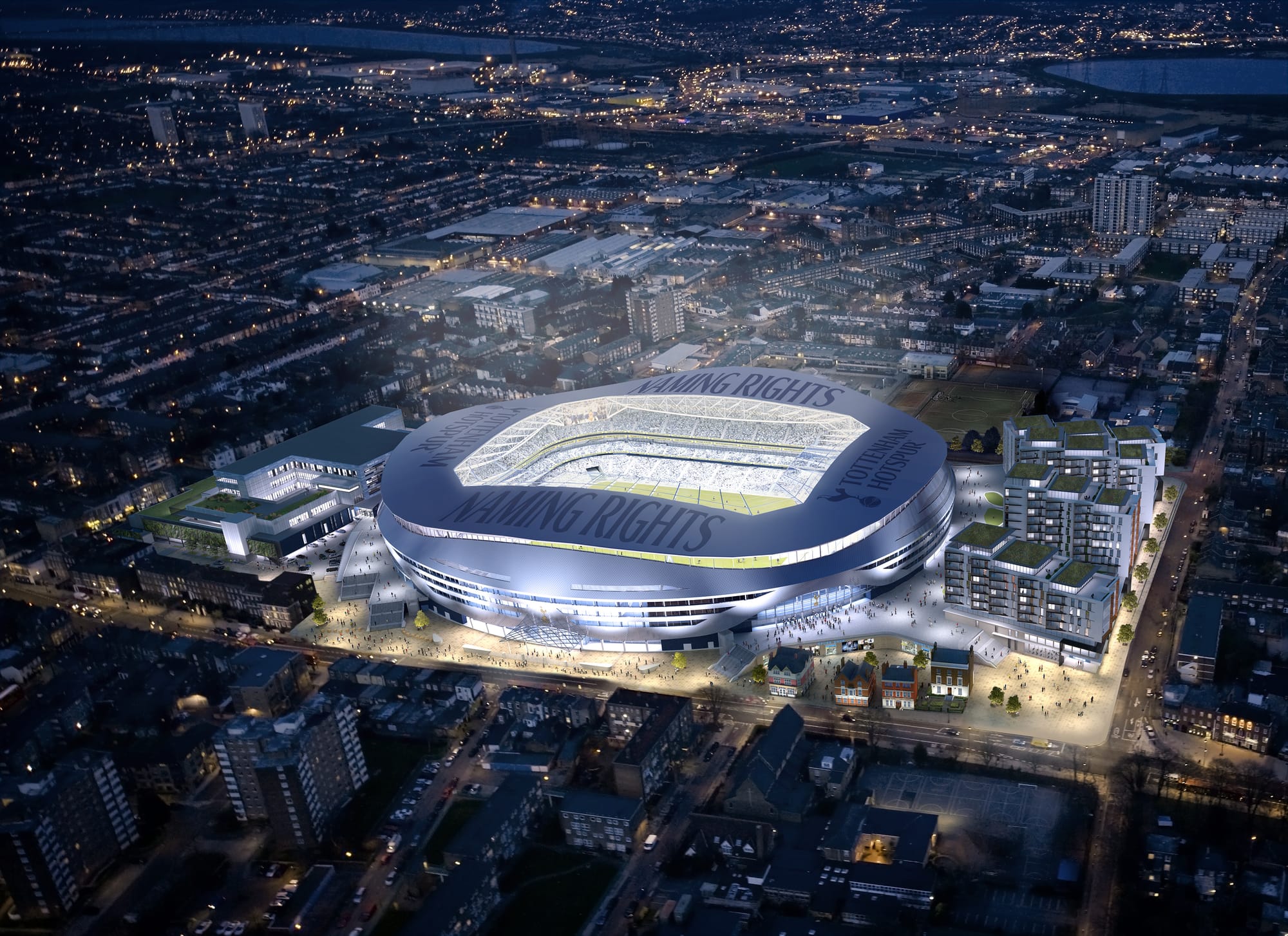
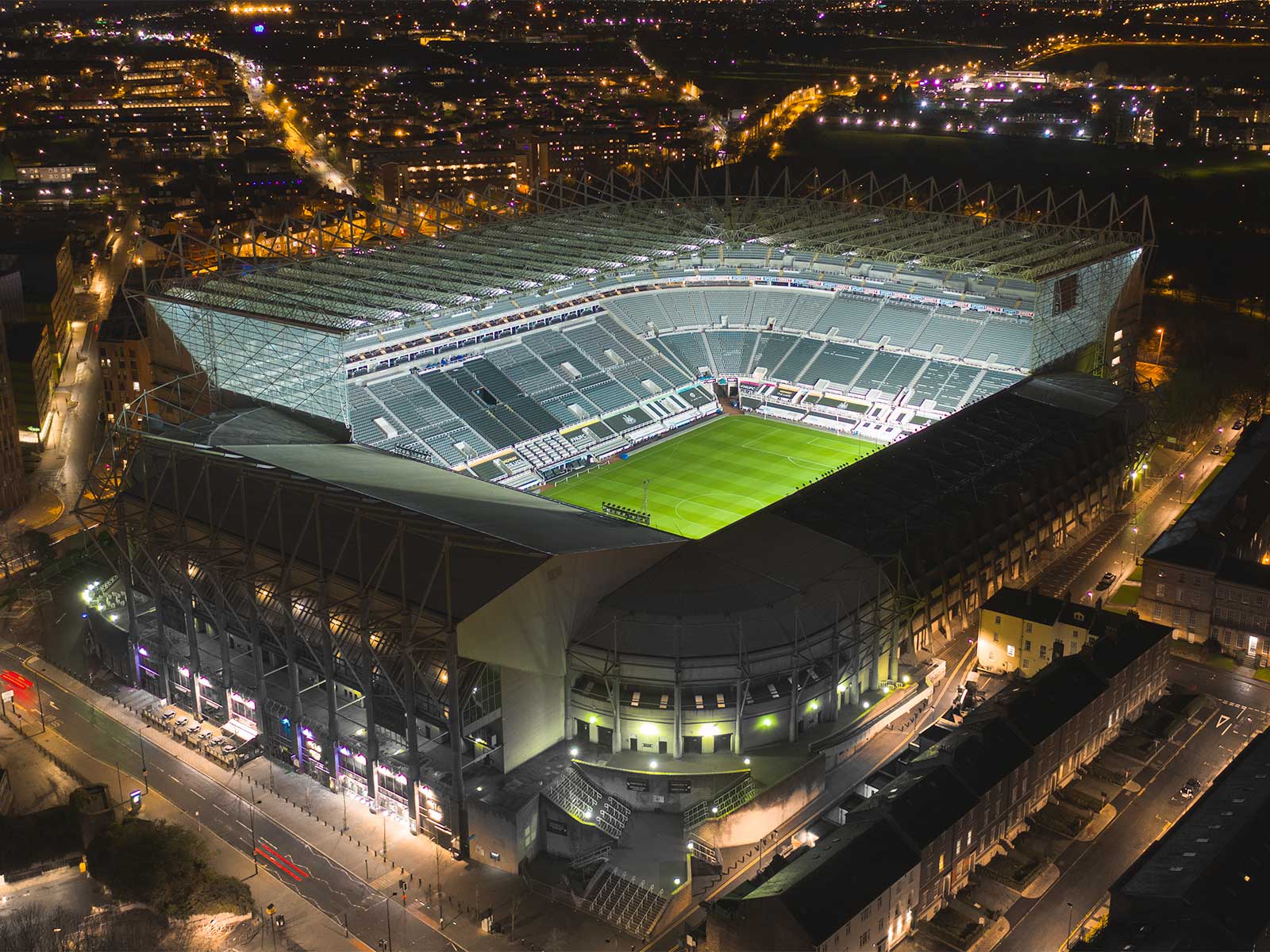
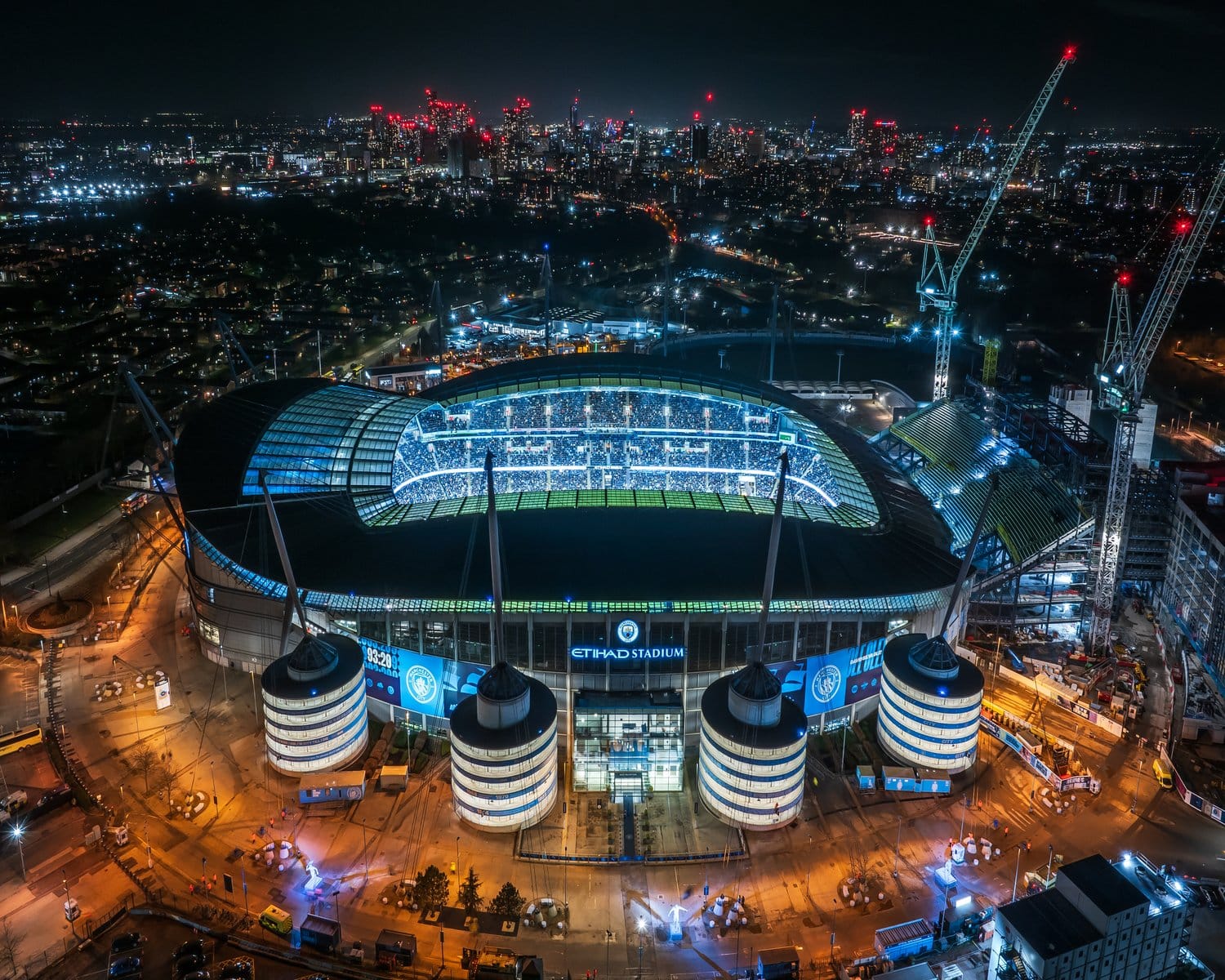
Gallery of the 9 Biggest Stadiums in the Premier League.
20. Bramley-Moore Dock Stadium (Everton)
Capacity: 52,769
Everton’s new waterfront home, debuting in 2025-26, is a modern marvel with a large single-tier stand inspired by Dortmund’s Yellow Wall and stunning Mersey views. Though untested, hence why 20th, it promises a thunderous atmosphere and top facilities.
19. London Stadium (West Ham United)
Capacity: 62,500
Built for the 2012 Olympics, this stadium has a large capacity and excellent transport links but struggles to capture the soul of West Ham’s former home, Upton Park. The modern facilities are notable, fans are very unhappy with the atmosphere generated.
18. Vitality Stadium (AFC Bournemouth)
Capacity: 11,307
The smallest stadium in the Premier League, Vitality Stadium offers an intimate experience but feels like a Championship venue. Bournemouth fans create a lively atmosphere when the team performs, but cramped stands, basic facilities, and limited transport options keep it near the bottom.
17. Turf Moor (Burnley)
Capacity: 21,994
Turf Moor exudes old-school charm with a passionate atmosphere when Burnley are in form. Its small capacity, outdated facilities, and less convenient location compared to urban grounds limit its ranking, despite the loyal Clarets’ energy.
16. Gtech Community Stadium (Brentford)
Capacity: 17,250
Opened in 2020, Brentford’s modern stadium delivers excellent sightlines and a vibrant, compact atmosphere. The Bees’ fans bring intensity, but the small capacity and lack of historical depth prevent it from climbing higher. Strong West London transport links are a plus.
15. Selhurst Park (Crystal Palace)
Capacity: 25,486
Crystal Palace fans create one of the league’s loudest atmospheres, but dated facilities and cramped seating hold it back. Redevelopment plans are pending, and while South London accessibility is decent, it lags behind modern venues.
14. American Express Community Stadium (Brighton & Hove Albion)
Capacity: 31,876
Brighton’s Amex, opened in 2011, is a modern gem with solid facilities and good sightlines. Its location outside the city centre and lack of historical atmosphere keep it mid-tier, though it remains a functional and comfortable venue.
13. Craven Cottage (Fulham)
Capacity: 29,589
Craven Cottage’s riverside charm and historic vibe make it a fan favourite. The intimate atmosphere is warm, but its smaller capacity and older facilities limit its ranking, despite the great environment created by Fulham fans.
12. The City Ground (Nottingham Forest)
Capacity: 30,404
Nestled by the River Trent, the City Ground offers a picturesque setting and a raucous atmosphere when Nottingham Forest are performing. Its strong acoustics and recent improvements are promising, but capacity and facilities keep it mid-table.
11. Molineux Stadium (Wolverhampton Wanderers)
Capacity: 32,050
Molineux blends classic charm with a fiery atmosphere, especially for night games. Recent renovations improve facilities, but it lacks the scale or modernity of top-tier stadiums. Wolves fans make it a tough place for away teams.
10. Stadium of Light (Sunderland)
Capacity: 48,707
Sunderland’s return revives the Stadium of Light, with its large capacity and potential for a fierce atmosphere, especially with the Tyne-Wear derby back. Solid facilities and accessibility help, but its ranking depends on fan engagement.
9. Stamford Bridge (Chelsea)
Capacity: 40,341
Stamford Bridge is an iconic venue with a prime West London location and high-quality facilities. The atmosphere from the Chelsea fans shines for big games but can dip during poor runs, however as newly crowned Champions Of The World and Champions League football back, it should pick up again. Its slightly constrained design keeps it from the top tier, but it’s a fantastic ground.
8. Etihad Stadium (Manchester City)
Capacity: 53,400
Manchester City’s Etihad, set to expand to 60,000, is a modern fortress with top-notch facilities and great sightlines. City’s dominance has bolstered the atmosphere, but some fans miss the raw passion of older grounds. Its comfort and accessibility are near-perfect.
7. Old Trafford (Manchester United)
Capacity: 74,310
The Theatre of Dreams, with the league’s largest capacity, is a footballing cathedral steeped in history. The atmosphere can be electric, though quieter during Manchester United’s struggles. Aging facilities and ongoing renovations hold it back, but its legacy keeps it high.
6. St James’ Park (Newcastle United)
Capacity: 52,354
St James’ Park towers over Newcastle’s skyline, with Geordie fans creating one of the loudest atmospheres in the league. Solid facilities and a central location are strengths, though away fan placement can be suboptimal. The crowd’s passion makes it elite.
5. Emirates Stadium (Arsenal)
Capacity: 60,704
Arsenal’s Emirates is a modern marvel with superb sightlines and excellent amenities. Recent success has boosted the atmosphere, but some fans miss Highbury’s soul. It’s a world-class stadium, just shy of the raw intensity of the top five.
4. Anfield (Liverpool)
Capacity: 61,276
Anfield’s Kop produces one of football’s most iconic atmospheres, especially on European nights. Recent expansions have modernized facilities while preserving its historic soul. Slightly cramped surroundings are a minor drawback, but the energy from the Liverpool fans is unmatched.
3. Villa Park (Aston Villa)
Capacity: 42,640
Villa Park’s traditional design and electric Holte End make it a classic. Recent upgrades and an increasing capacity enhance its appeal. Aston Villa’s resurgence has amplified the atmosphere, placing it among the elite, though it lacks the modernity of the top two.
2. Elland Road (Leeds United)
Capacity: 37,792
Leeds United’s return brings Elland Road’s intense atmosphere back to the Premier League. Its passionate fans create a cauldron of noise, despite dated facilities. The historic ground’s raw energy and legacy make it a close contender for the top spot.
1. Tottenham Hotspur Stadium (Tottenham Hotspur)
Capacity: 62,850
Tottenham Hotspur Stadium, opened in 2019, is the Premier League’s gold standard. Its state-of-the-art design, with a massive single-tier South Stand, retractable pitch, multi-sport capabilities, and unique amenities like a microbrewery, sets it apart. The electric atmosphere makes it the best stadium in the league.
NFL to PL mode 🔄🏈⚽ pic.twitter.com/YvgAiAJ6xs
— Tottenham Hotspur Stadium (@SpursStadium) November 2, 2024
Verdict
Overall, Grok seems to give a very fair assessment of the 20 Premier League stadiums as a whole. With Bramley-Moore Dock debuting this season, it should rise straight up the rankings, with fans eagerly waiting to give it a visit for the first time.
A surprise stadium that was low down in my opinion was Crystal Palace. As we all know it's an old-school stadium, however the atmosphere is electric week in week out which makes it so special.
Its also interesting to see Leeds so high up in second place, given that they have just come up after a title winning season in the Championship. If Leeds can have a good campaign back in the Premier League, we predict Elland Road to be rioting once again this season.
Let us know your thoughts on this article.




